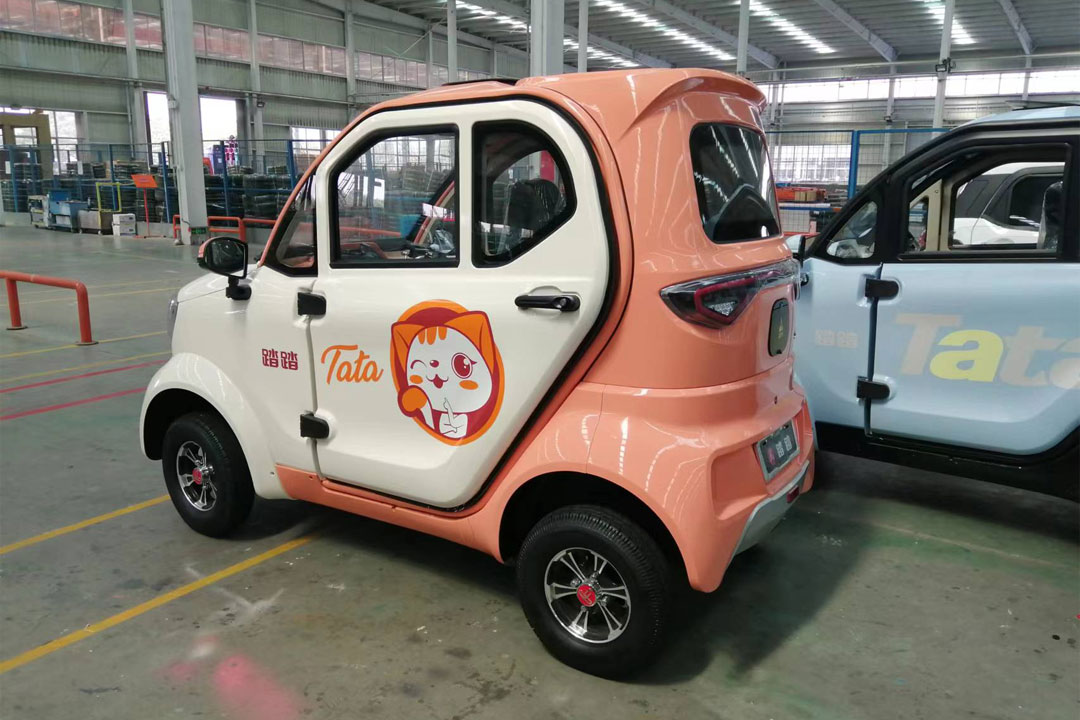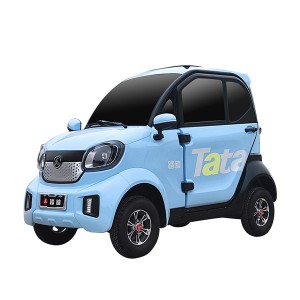As society increasingly focuses on environmental protection, low-speed electric vehicles have gained widespread attention and application as a green mode of transportation. However, compared to traditional fuel-powered cars, concerns have arisen about the susceptibility of low-speed electric vehicles to rust during usage. This article explores the possibility of rusting in low-speed electric vehicles and conducts an in-depth analysis of its causes.
Low-speed electric vehicles typically use batteries as their power source, with lower maximum speeds suitable for short urban commutes. Compared to traditional fuel-powered vehicles, low-speed electric vehicles offer advantages such as zero emissions, low noise, and low maintenance costs, making them a popular choice for environmentally conscious transportation.
The bodies of low-speed electric vehicles are usually made of lightweight materials such as aluminum alloy or plastic to reduce overall weight and enhance range. However, these materials may be more susceptible to environmental oxidation compared to the traditional steel bodies of vehicles.
Due to their design for short urban commutes, manufacturers of low-speed electric vehicles may not invest as much effort in body protection as traditional car manufacturers. Insufficient protective measures may make the vehicle's body more prone to corrosion from environmental factors like moisture and rain, leading to rust formation.
The charging outlets of low-speed electric vehicles are typically located on the exterior of the vehicle, exposed to the air for extended periods. This exposure may cause oxidation of the metal components on the surface of the outlets, leading to rust.
However, there are corresponding solutions to the aforementioned issues. First, choosing low-speed electric vehicles with bodies made of more corrosion-resistant materials can reduce the risk of rust. It is also advisable to select vehicles produced by reputable manufacturers, as they tend to enhance protective designs, using materials such as waterproofing and rust-resistant coatings to improve the vehicle's corrosion resistance. Thirdly, users can conduct regular inspections and maintenance of the vehicle's body, clearing away water and debris to effectively slow down the rusting process.
While low-speed electric vehicles have clear advantages in terms of environmental friendliness and cost-effectiveness, concerns about their susceptibility to rust need attention. Manufacturers and users can take various measures, from material selection to regular maintenance, to reduce the risk of rusting in low-speed electric vehicles, thereby better protecting and extending their lifespan.
- Previous: Electric tricycles transforming into bridal cars: Innovative trend in weddings.
- Next: Uncovering the Unique Uses of Electric Motorcycles: Innovative Play Beyond Commuting
Post time: Mar-11-2024






